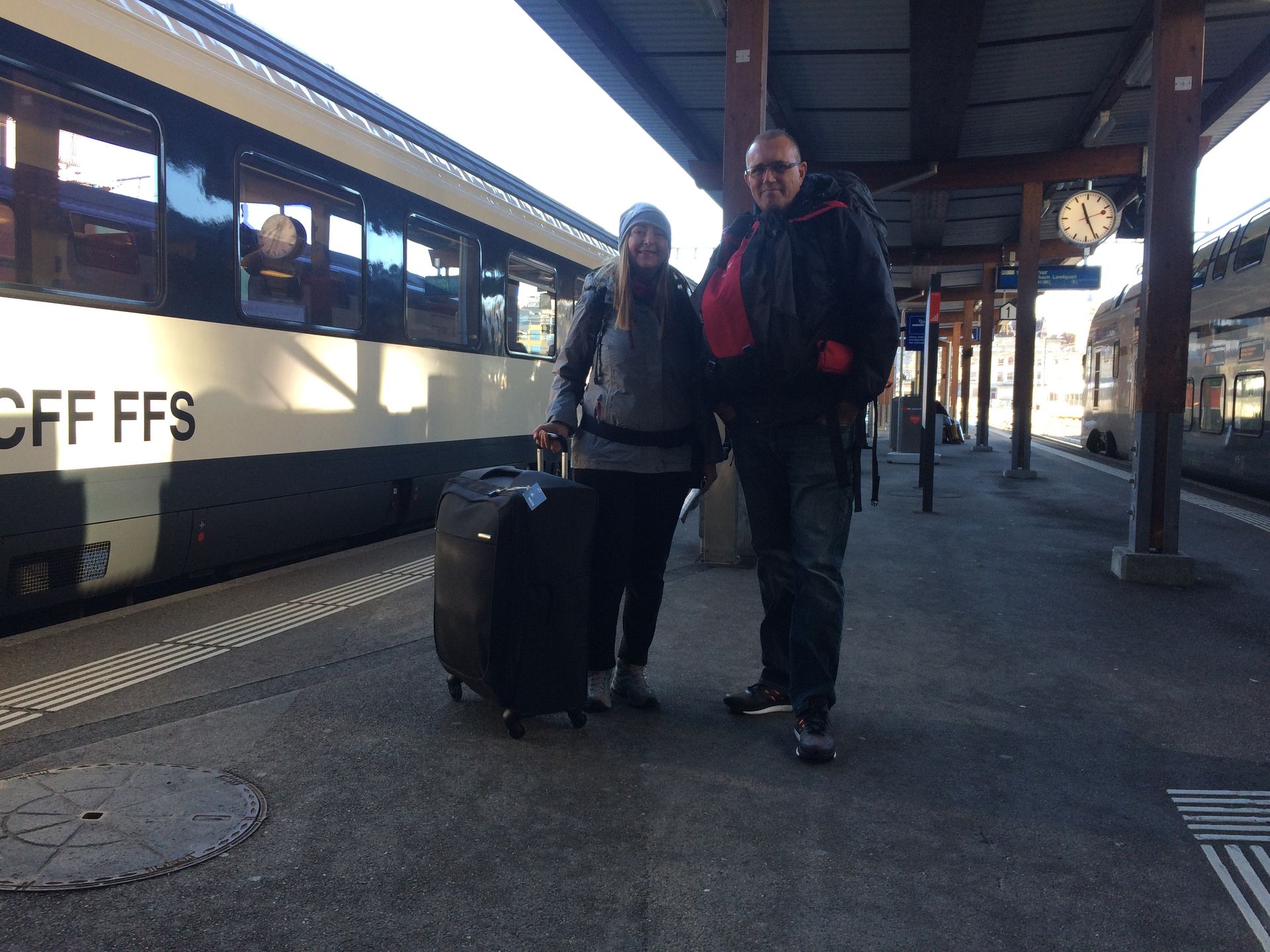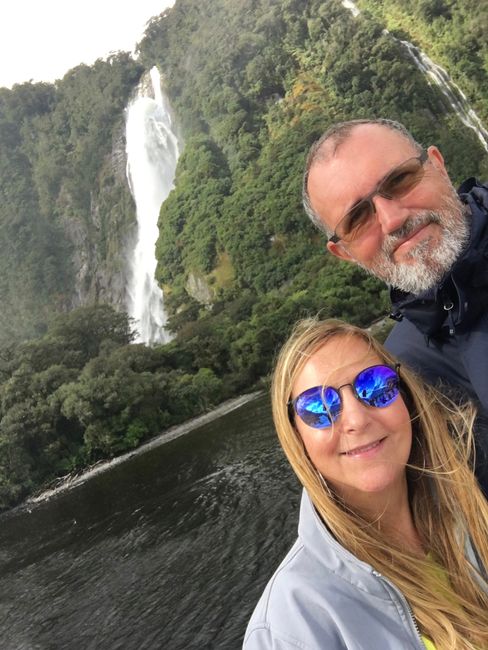Welcome KIWI V
Pubblicato: 21.02.2018
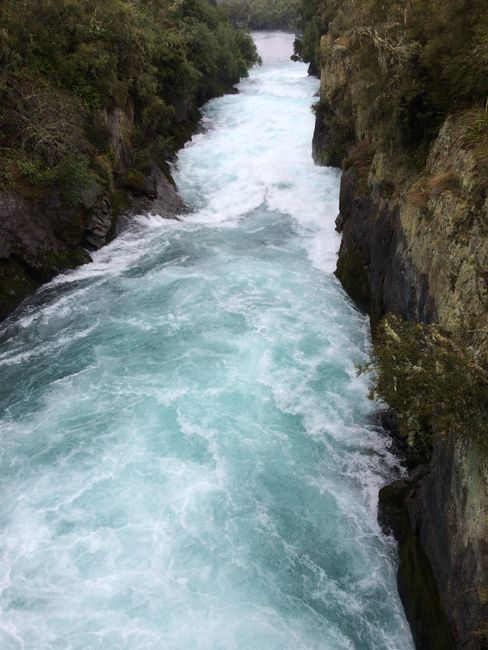
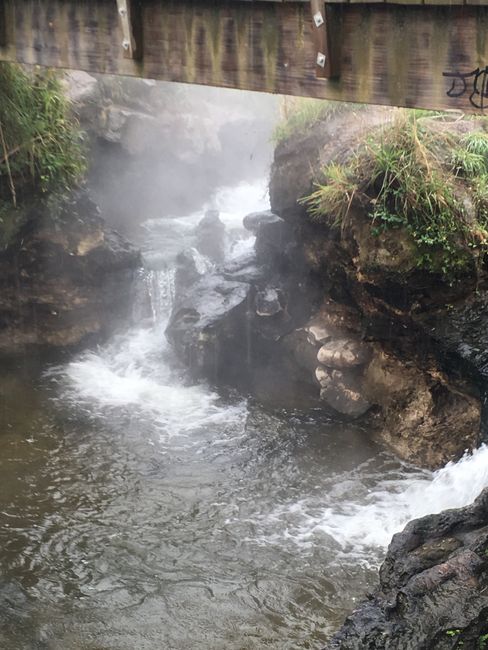
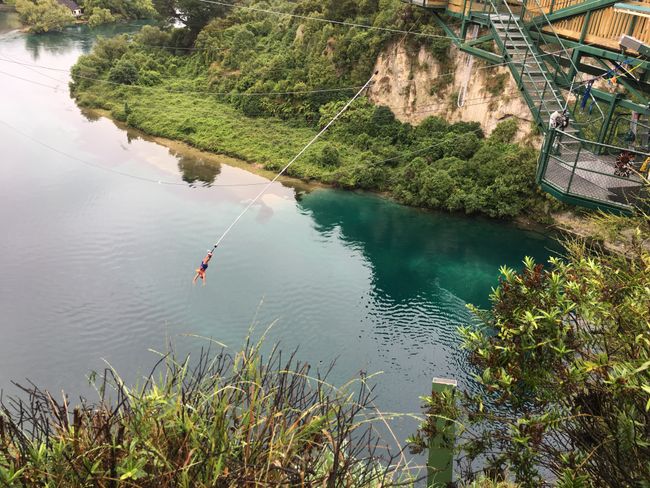
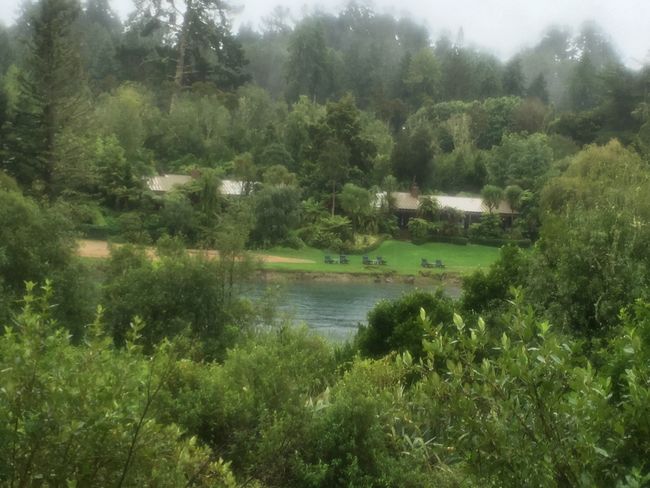
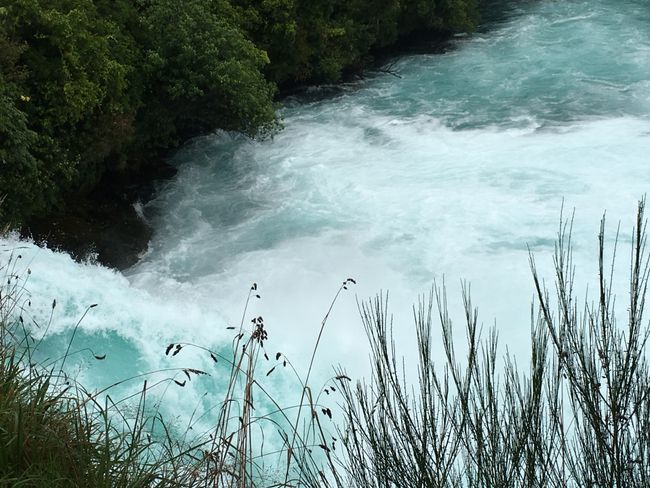
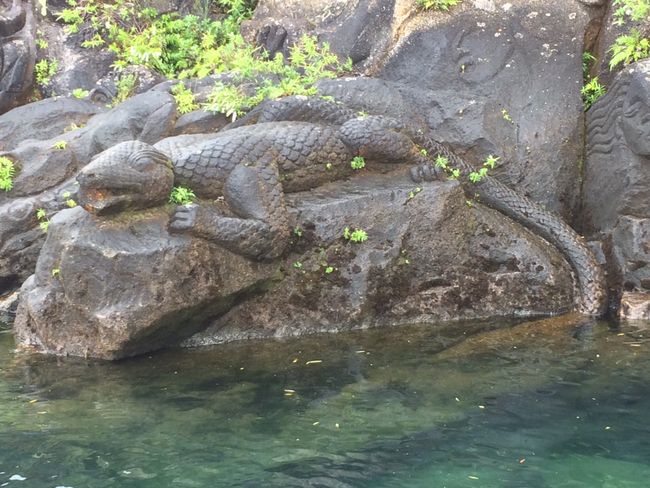
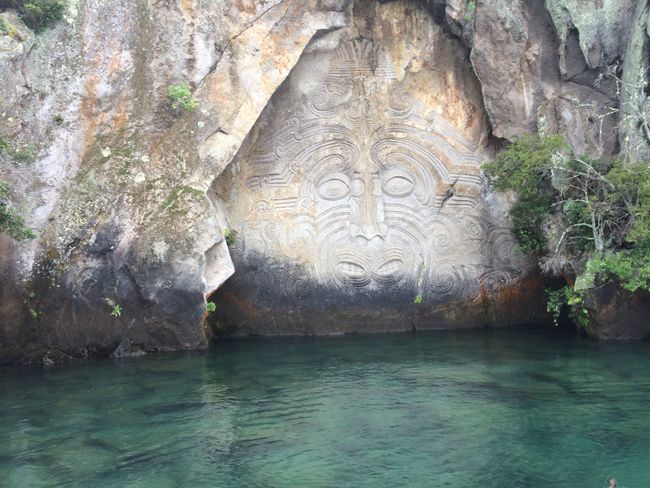
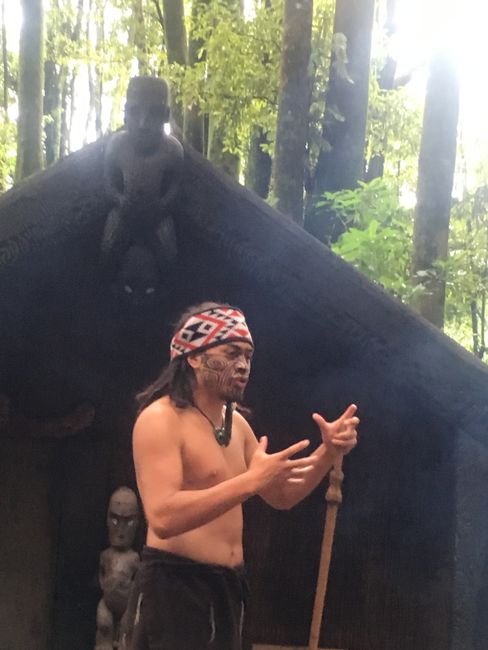
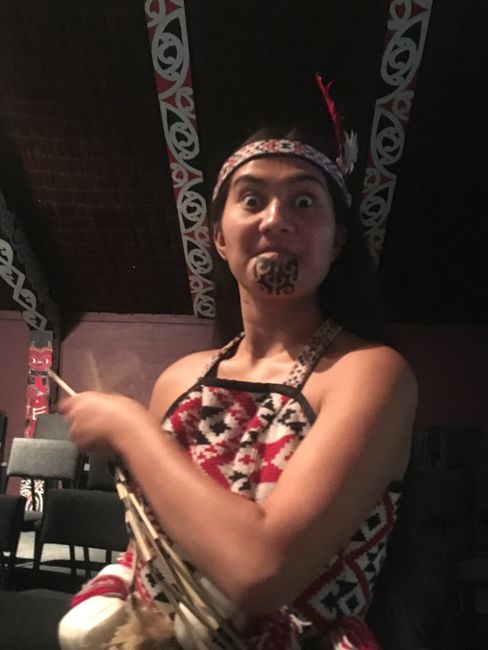
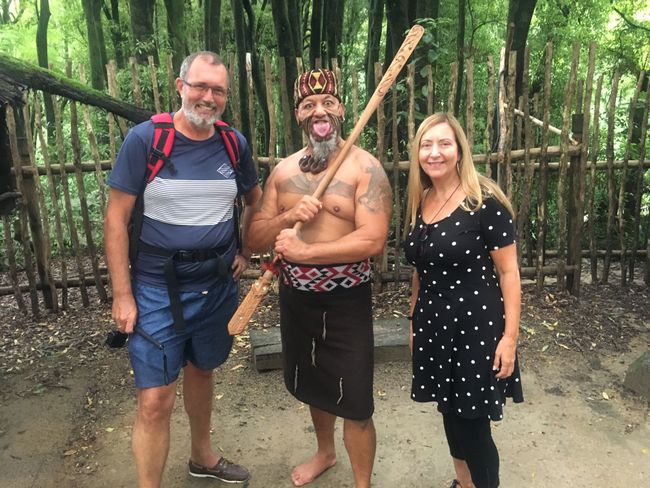
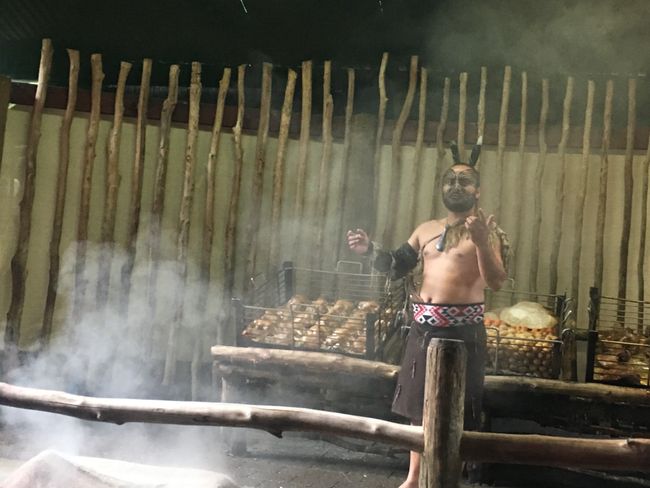
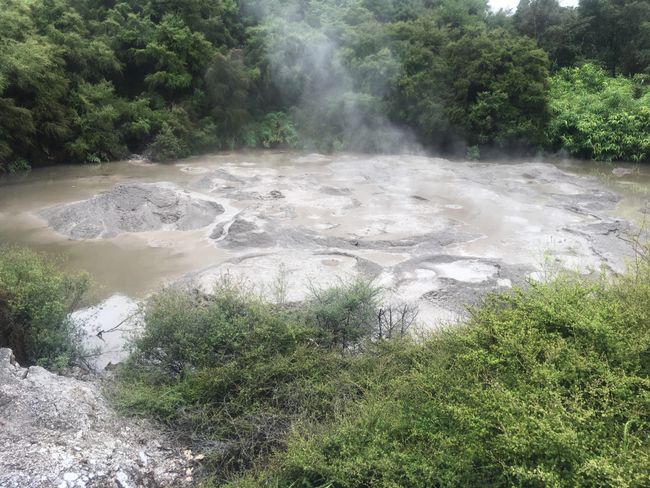
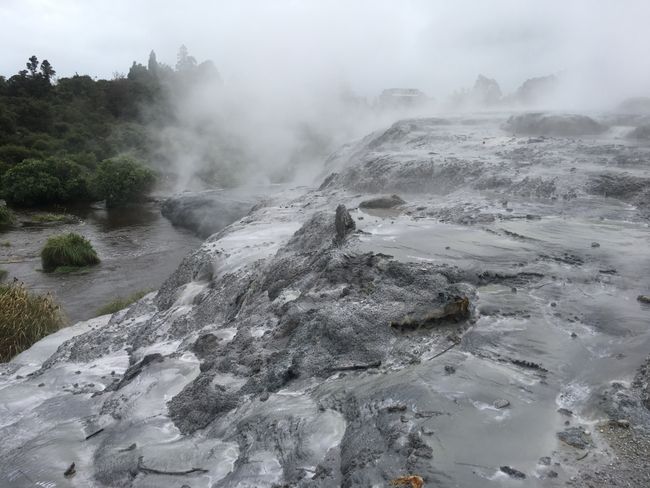
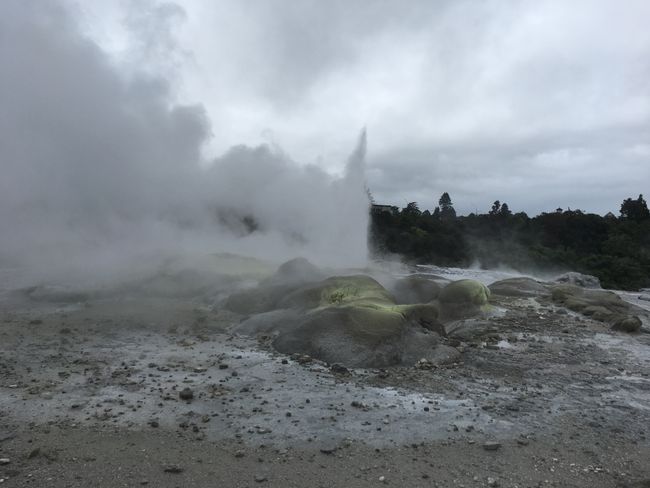
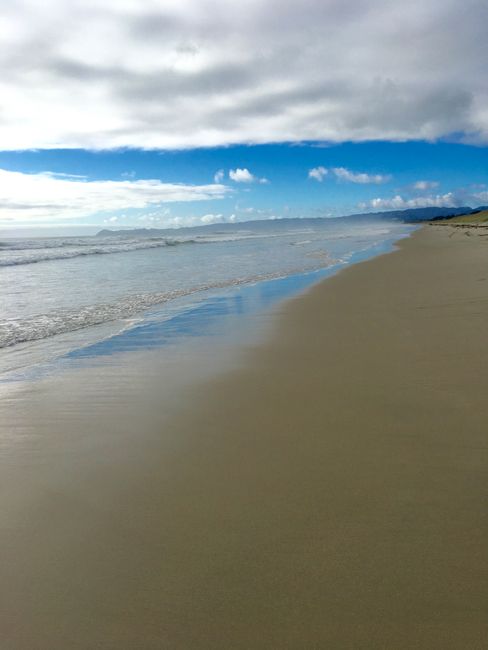
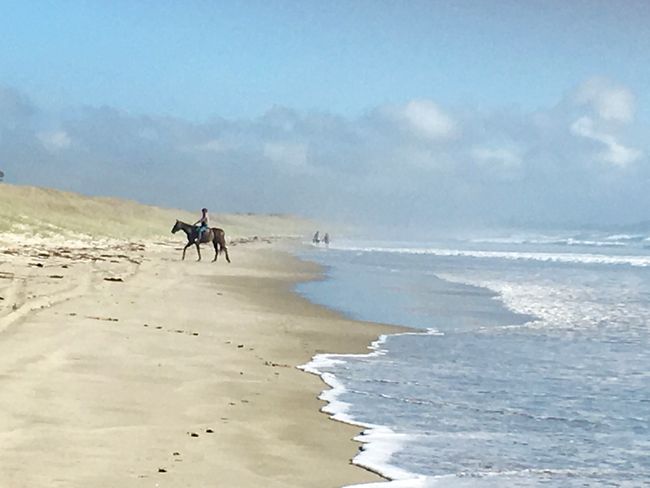
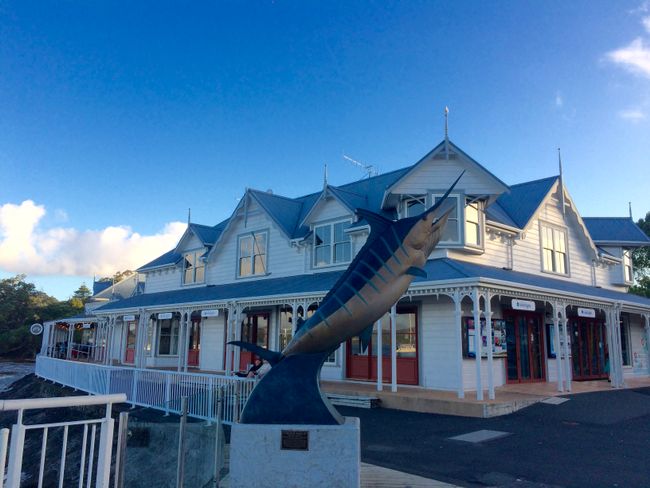
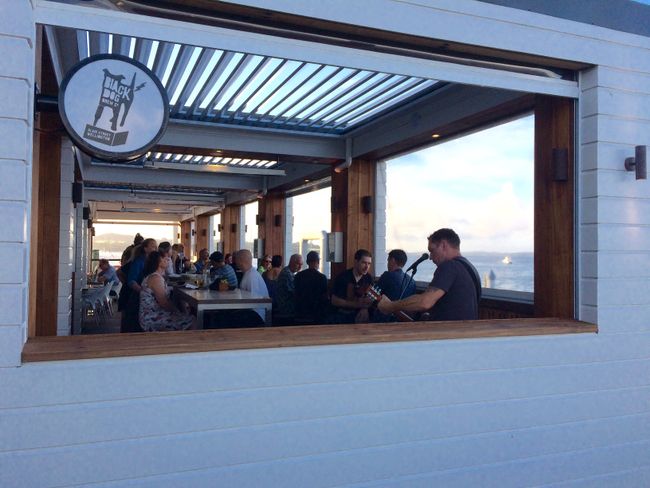
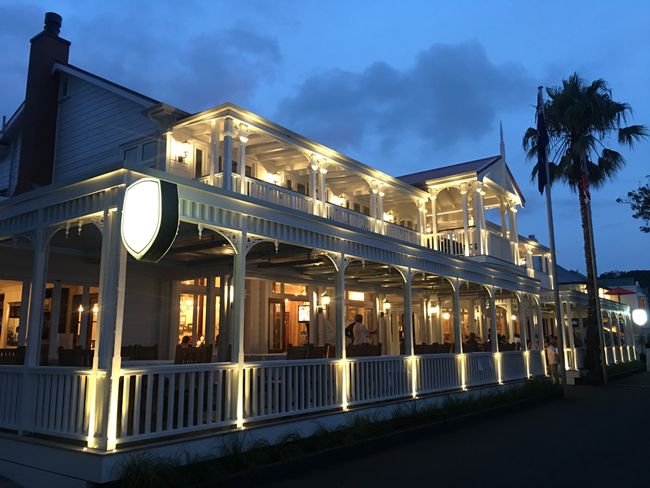
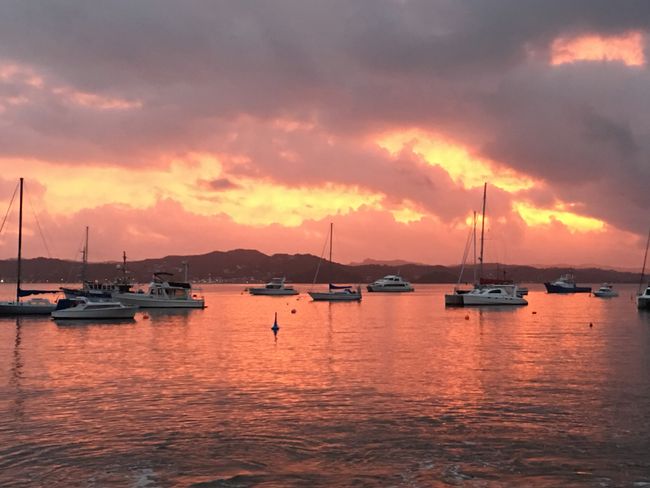
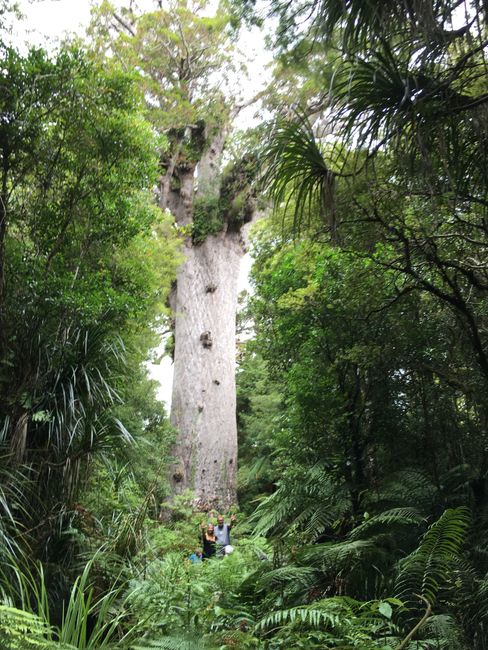
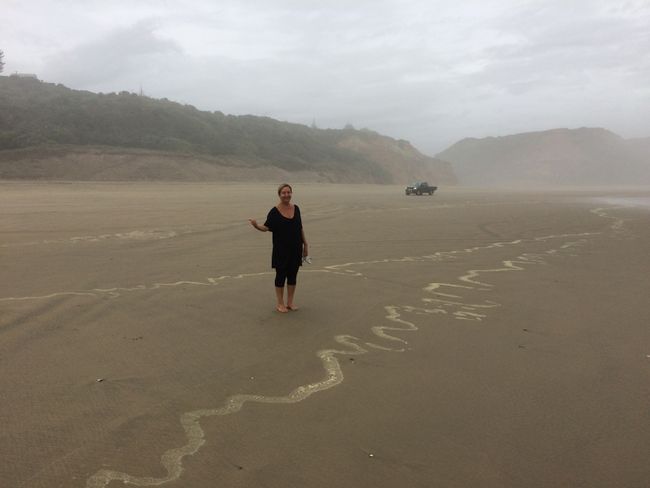
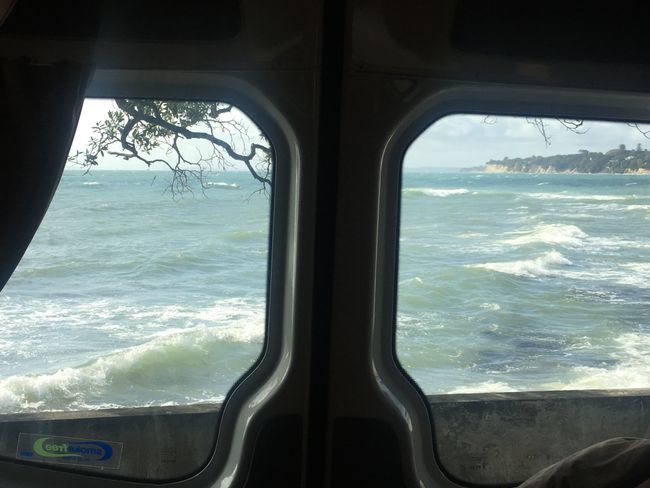
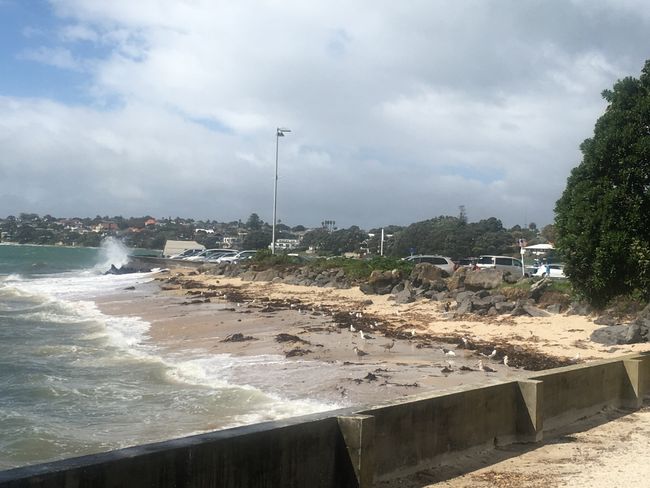
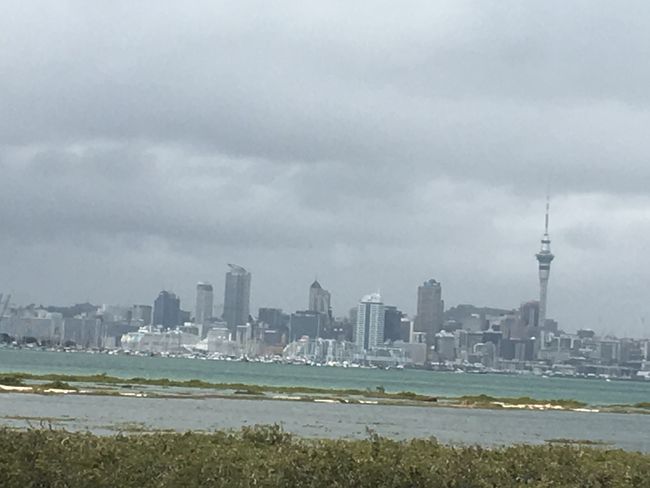
Iscriviti alla Newsletter
We arrived in Taupo in persistently rainy weather. Despite the weather, we set off on foot to the Hukka Falls. Always along the longest river in New Zealand, the Waikato. A swimming race towards the waterfalls, as well as various hot springs, kept us entertained. On the opposite side of the river, we discovered a hotel that looked very inviting. At that moment, we wished we were there. Later we learned that one night costs about NZD 4,000 and the Queen also used to stay there. There's no accounting for taste. We reached the waterfalls completely soaked. Fortunately, a German couple gave us a ride back to the city. When we arrived at the campsite, we finally had a bath in a hot spring.
The next day, we took a boat to the Maori rock art in Mine Bay on the shore of Lake Taupo. This is one of the most famous sights in New Zealand, although it was created by a Maori sculptor only in the 70s. Overall, the Maori culture has been less prominent on our trip so far. There is noticeably less Maori presence on the South Island. However, it is impressive how peacefully the many different ethnic groups here live together and merge into their identity as New Zealanders. We delved deeper into Maori culture in Rotorua. We visited a recreated Maori village where locals presented and explained the traditions of their ancestors, which are still being practiced. The Haka (war dance), old and new songs, as well as a traditional Hangi (food cooked on hot stones under leaves and earth) rounded off the visit.
We went to explore the geothermal center, where we could admire boiling mud pools and steaming geysers. The water shoots up to 18 meters from the ground at regular intervals.
The next day, we met some acquaintances in Hamilton. After a great dinner, we were able to sleep in a "normal" bed again for the first time in weeks, which we found very pleasant.
After about 5 hours of driving, we stopped at Urititi Beach - simple, but wonderfully located on a kilometer-long sandy beach that invited us to go for extensive walks.
In Pahia, we experienced the flair of a small town dominated by tourists. Numerous cafes and restaurants on the waterfront invited us to linger. On the opposite island Russel, we coincidentally bumped into the couple from Lucerne that we had already met in Te Anau. We then ended the evening in one of the oldest pubs in New Zealand.
We headed to the west coast to discover giant Kauri trees. The Tane Mahatu, with a height of over 50 meters, a trunk circumference of almost 14 meters, a volume of 244 m3, and an estimated age of 2,000 years, is probably one of the most remarkable specimens. Perhaps you can recognize us?
We spent the night on a 107 km long beach. Plenty of space for dogs, cars, motorcycles, quads, and walkers like us. However, our love for animals, especially the smaller ones of this species, prompted us to leave this place after one night.
Before returning the campervan after a 6-week tour of New Zealand, we stayed for 2 more nights in a bay near Auckland. Fortunately for us, a cyclone hit land on the South Island.
Our campervan never let us down - equipped with an oven, stove, toilet, shower, and refrigerator, it was a practical companion. Thanks to it, we were able to visit places where you would otherwise encounter very few people. Throughout the trip, we didn't bother with campground reservations. We always found a place to stay. Sometimes it was just the last one available.
Now we have settled into our small apartment in Auckland. It is very centrally located with a view of the harbor.
Iscriviti alla Newsletter
Risposta
